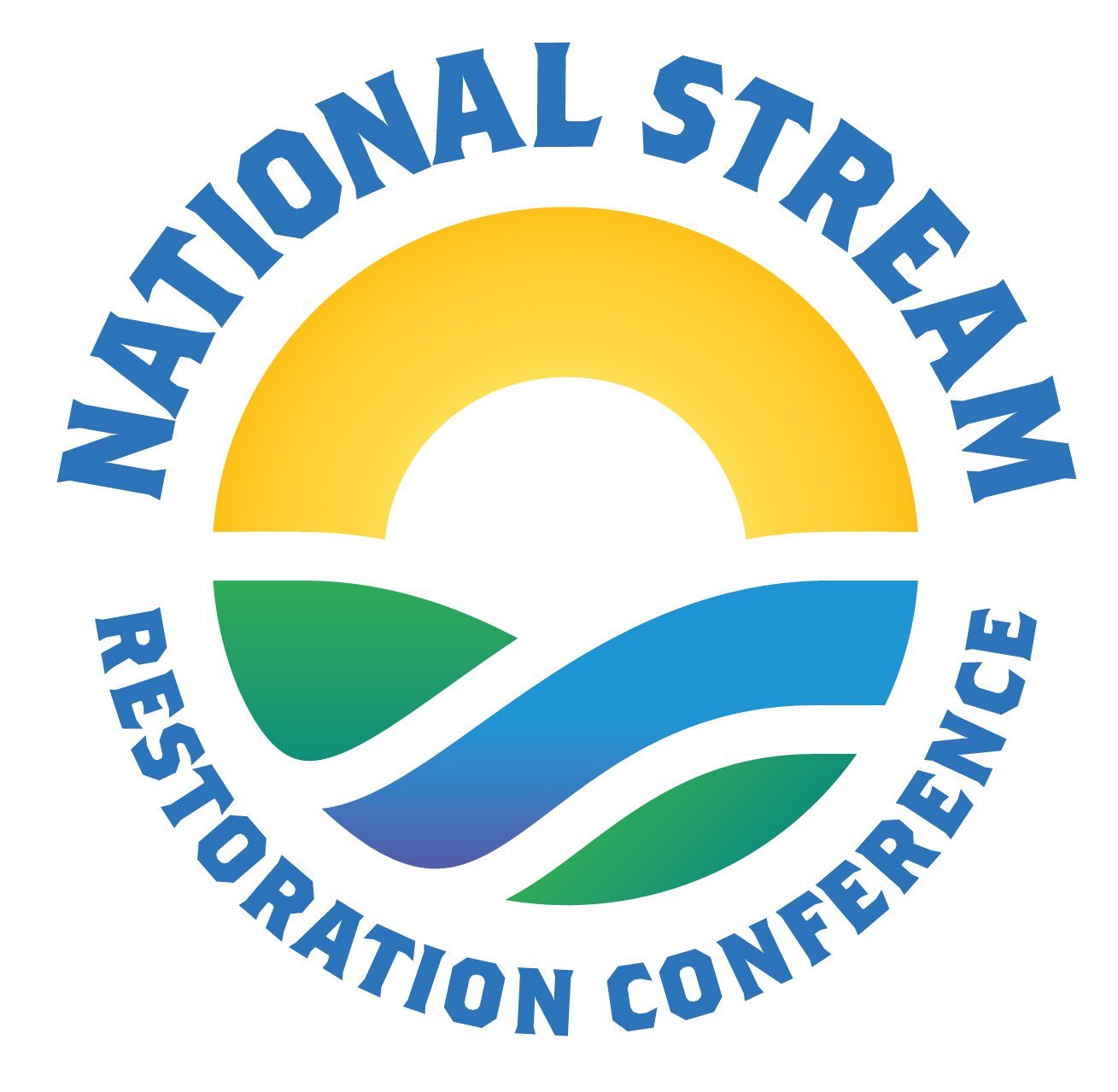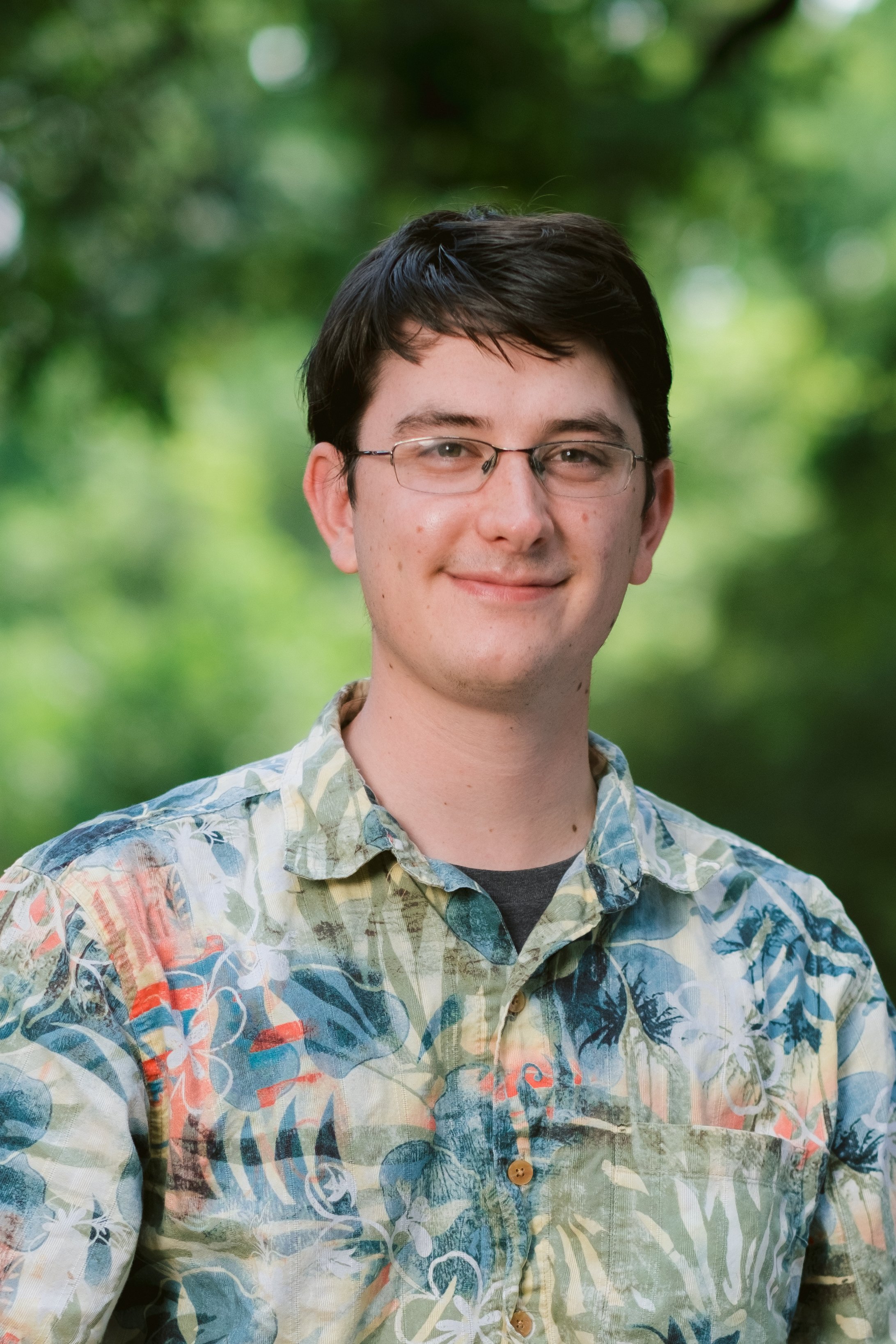The Jabez Stream Restoration: Goals, Methods, and Preliminary Monitoring Results of a Restored Coldwater Trout Stream on the Atlantic Coastal Plain
Keith Binsted
Camille Calure
Underwood & Associates
Millersville, Maryland
Authors: Binsted, K. and Calure, C.
Jabez Branch is located within the Severn Run Watershed, and is unique as it is the only stream within the Coastal Plain of Maryland that historically supported a native Brook Trout population. Unfortunately, rapid development of the Jabez Branch watershed and the construction of two large highways near the stream caused rapid functional and ecological degradation due to extreme erosive runoff, thermal pollution, and excessive sediment – all of which have caused a decline of the Brook Trout population. In the spring of 2024, the most degraded tributary to this stream – Tributary 3 – was restored using the Regenerative Stream Conveyance (RSC) method, in which the severely incised channel was infilled with woodchips, sand, and gravel. The main purpose of the restoration was to raise the streambed to reconnect it with the floodplain, and to slow erosive energies with constructed riffles and pools. The RSC method of restoration promotes infiltration and reconnection of surface and subsurface flows, with one of the goals being to reduce stream temperature and potentially provide suitable pool habitat for Brook Trout. The restoration continues to be the subject of ongoing monitoring efforts in order to characterize what effects RSC restoration may have on the area’s environmental condition. The monitoring effort is a collaboration between state, county, non-profit, and private parties. Metrics like structural stability, groundwater level, water quality and temperature, vegetation, and biota are being tracked as the restoration continues to mature; this data is also being evaluated for trends and qualitative results. In this presentation, we will describe the history of Jabez Tributary 3 and its context within the wider watershed, and explain our restoration methods and objectives. We will also show the preliminary results of this investigation into the environmental effects of restoration, including effects on groundwater, water quality, and stability. We will discuss the implications of these findings so far on restoration in general and as it may relate to improving ecological function and conditions.
About Keith Binsted
Keith Binsted is the lead designer for Underwood & Associates and has significant experience in designing, engineering, and permitting stormwater management, outfall restoration, stream restoration, and living shoreline projects. He uses Underwood & Associates’ Regenerative Design philosophy to design Regenerative Stream Channel (RSC), Step-Pool Stormwater Conveyance (SPSC), and Dynamic Living Shoreline (DLS) projects. Keith has extensive project experience in rapid and intensive assessment of streams within both the piedmont and coastal plain ecoregions of Maryland and Washington D.C. Notably, he has previously provided stream assessment support for the Metropolitan Washington Council of Governments. Keith is a formally trained watershed scientist providing the wide range of habitat assessments, site surveys, design plans, engineering analyses, and permitting services necessary to progress a project from conceptual to fully permitted. His skills include a wide variety of sampling techniques and data analysis tools including the Maryland Biological Stream Survey (MBSS) Index of Biotic Integrity for both fish (FIBI) and macroinvertebrate (BIBI) communities, geographic information systems (GIS), hydrologic and hydraulic numerical modeling programs, ecological uplift projections, and TMDL nutrient load reduction calculations.
About Camille Calure
Camille Calure is a research assistant at Underwood & Associates, and has experience in maintaining comprehensive monitoring programs for Regenerative Stream Channel (RSC) and Dynamic Living Shoreline (DLS) restorations, multifaceted field data collection, and science education and outreach. Following the Regenerative Design philosophy, she engages in scientific inquiry based around questions of ecosystem function and health as a complex interplay of many factors. Camille monitors aspects of restorations such as weather, hydrology, water quality, vegetation, and fauna to provide insight into the environmental impacts of stream restorations and living shoreline projects. Her skills include comprehensive understanding of the Stream Functions Framework, familiarity with Maryland Biological Stream Survey (MBSS) protocols, proficiency with monitoring equipment and fieldwork protocols, and engaging audiences with science. Notably, she has mentored several undergraduate interns as they completed scientific research projects from start to finish. Camille also enjoys educating children of all ages about the importance of wetland ecosystems whenever the opportunity arises, and believes the best way to get people to care for the environment is to spark their curiosity for the intricate systems that sustain us.


